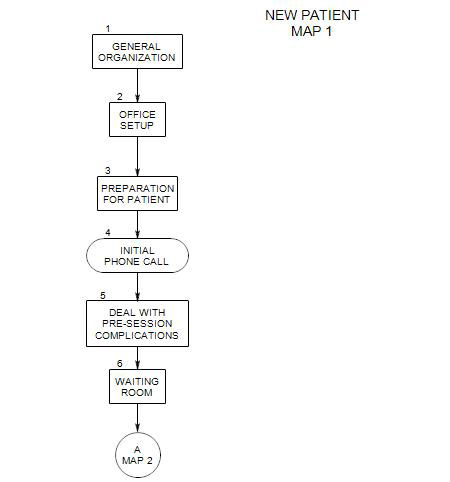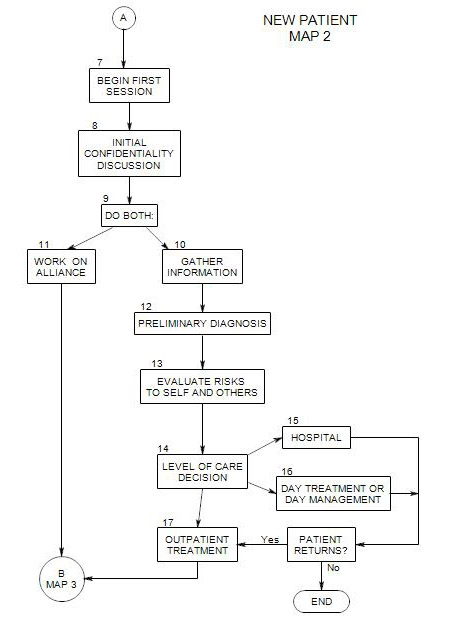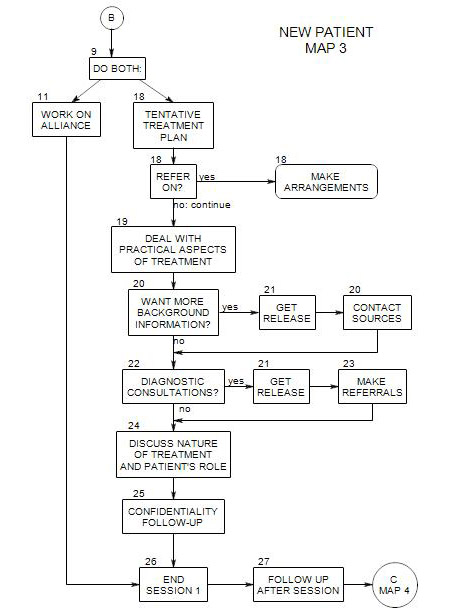21. OBTAIN RELEASE FROM PATIENT
-
Follows Section 20 or Section 22 on Map 3
Before you can gather any information from outside sources, you must obtain the patient’s permission. There are several reasons for this;
- Your patient has a right to know whom you are contacting on his/her behalf
- Your patient may not want you to contact some potential sources of information, for a variety of reasons.
While you must respect your patient’s limitation on your ability to talk to others about him/her, it can be very valuable to explore those reasons.
Any release should contain the following:
- Your name and title
- Specific permission allowing you to contact named sources.
- If there is a limitation on the kinds of information you can obtain, that should be specified. [For example: Two months or the duration of treatment, whichever is longer.]
- Note should be made that the information is confidential and may only be used for treatment purposes [or for professional purposes]
- Patient’s signature and date
At the same time, you can ask for suggestions for contacting the information source. A patient typically can tell you the name and possibly address and telephone number for his/her physician, prior therapist, relatives, etc.
After hospitalization, a patient may arrive with written directions for contacting the hospital and names of contacts.



